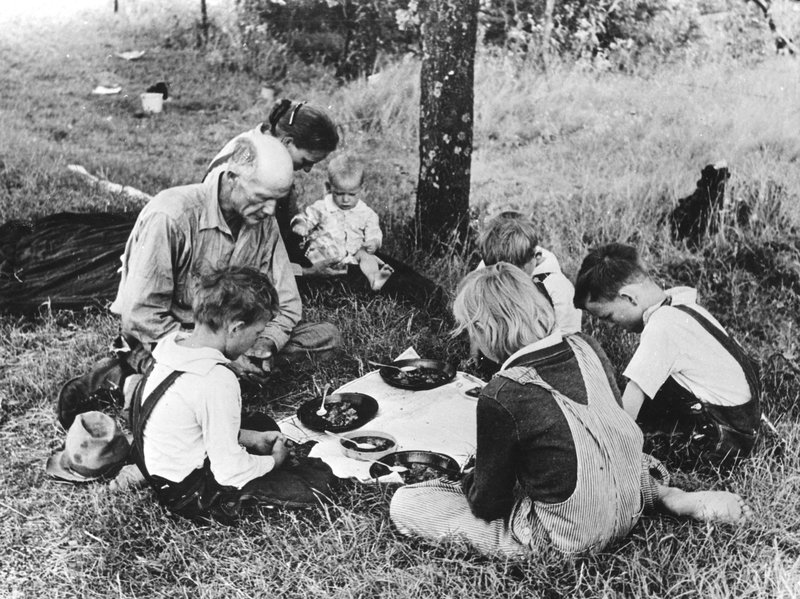There’s no denying that we’ve all experienced our own version of hardship, but for a lot of us this may mean our latte wasn’t the right color or our technology wasn’t working how it was supposed to for a few hours, but when the Great Depression hit, jobs were lost, life savings were gone in seconds, and the notion of not knowing where your next meal was coming from became a very harsh reality, which was especially heartwrenching considering families were much larger during this time. Today we’re looking at just a few of the many bizarre things that happened during the Great Depression.

The idea of a dance marathon is that you dance until you can’t dance anymore and whoever is the last one dancing wins whatever the prize may be, typically cash. You can probably tell where we’re going with this, but we’re going to add some heartbreaking details. People would take part in these dance marathons because it meant that not only did they have a roof over their heads, but they would be fed, and you throw in the promise of money? People would dance for days. These dance marathons took a tragic turn resulting in many states banning them. After 19 long, exhausting days of dancing only to come in 5th place, a young lady actually ended her life.
The Great Depression affected every aspect of life, even down to the closures on attire. For instance, buttons became too expensive, and zippers became widely used instead. But as they say, there are two types of people. So while some were rationing as best they could and opting for more cost-efficient goods, certain luxury items saw an increase in sales, these were known as ‘lipstick luxuries’. Consumers that were experiencing a major decrease in their spending power would often indulge in a new tube of lipstick or a night out at the movies because these things were affordable but not necessary.

We know that dance marathons were a thing, but so was flagpole sitting (you know, seeing who could sit on top of a flagpole the longest, for money of course.) But there was a contest pretty unique to the Depression and that was goldfish swallowing. And it’s exactly what you think it is. Some students at Harvard University bet a fellow student that he wouldn’t and/or couldn’t eat a live goldfish. (https://www.speedclean.com) LIFE magazine picked this story up, which resulted in the record jumping to 42 goldfish eaten, and months later the record was 101. White mice, angle worms, newspapers, and phonograph records became the new goldfish, but luckily this type of contest ended about as soon as it began.
Kids lived for the Sunday paper when they could read the comic strips, kind of like how we grew up on Saturday morning cartoons. But comics during the Great Depression meant things got pretty political and to say people were not in the mood is an understatement. Even Little Orphan Annie, who reflected the views of her creator Harold Gray was deemed a form of “fascism in the funnies.”







